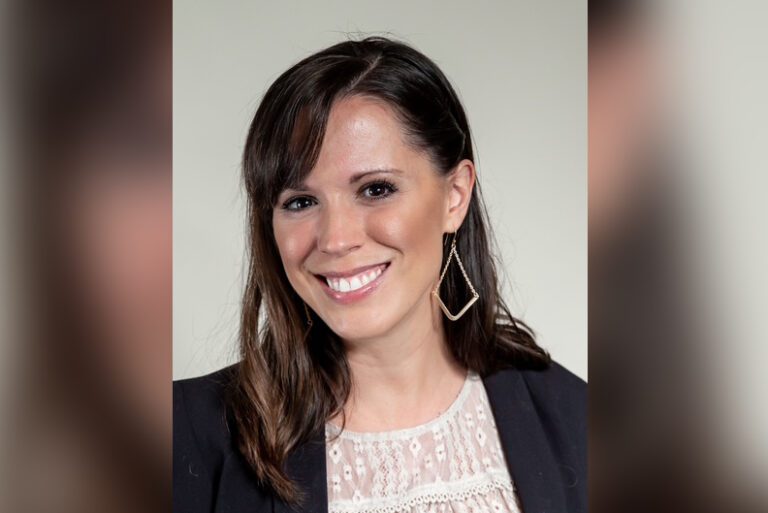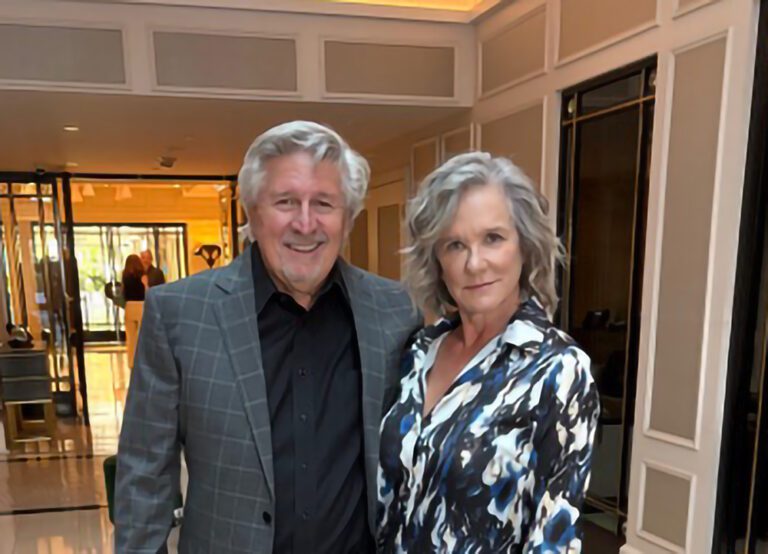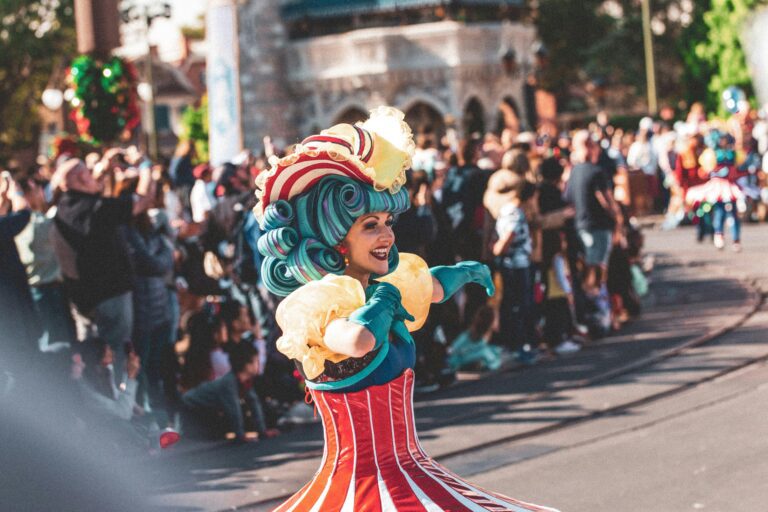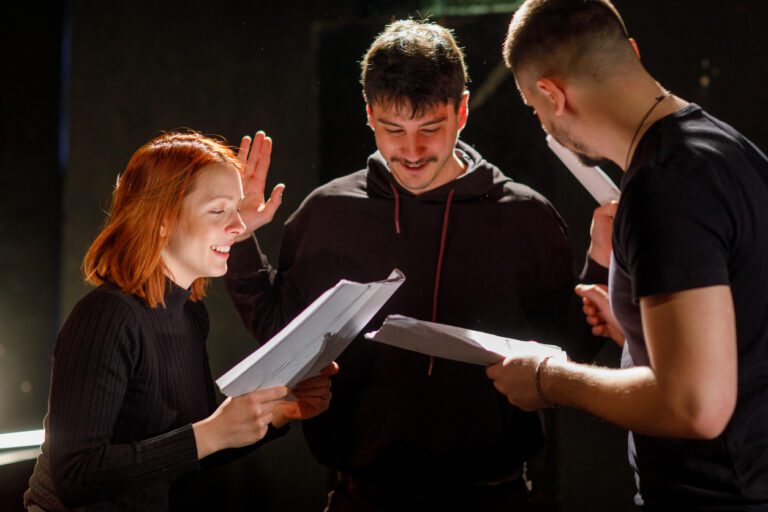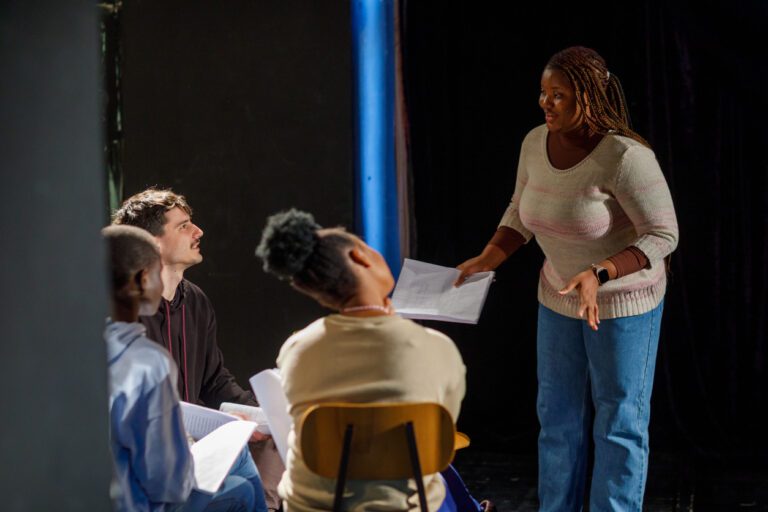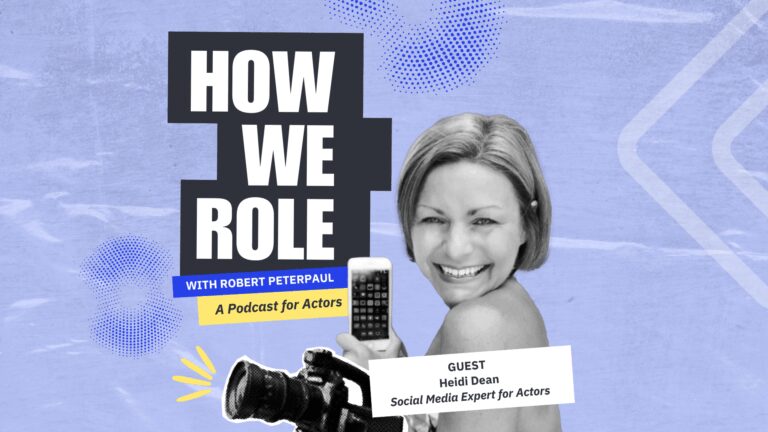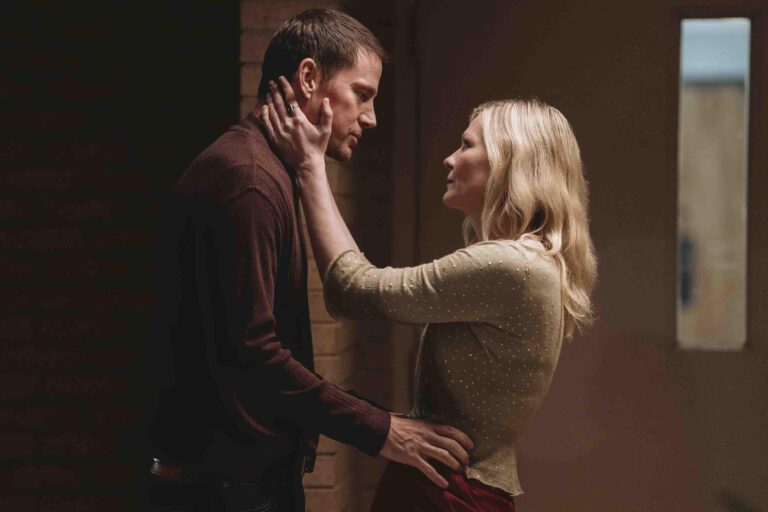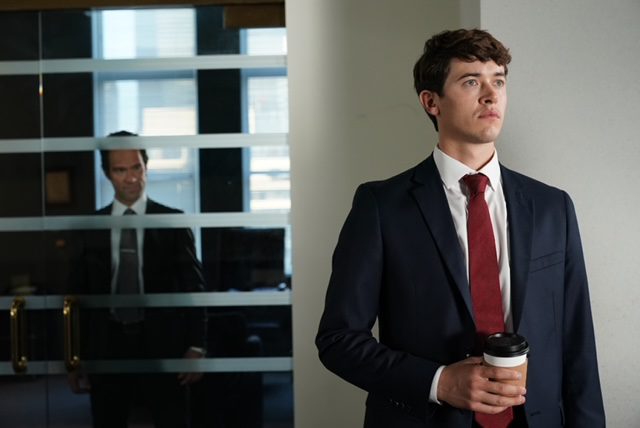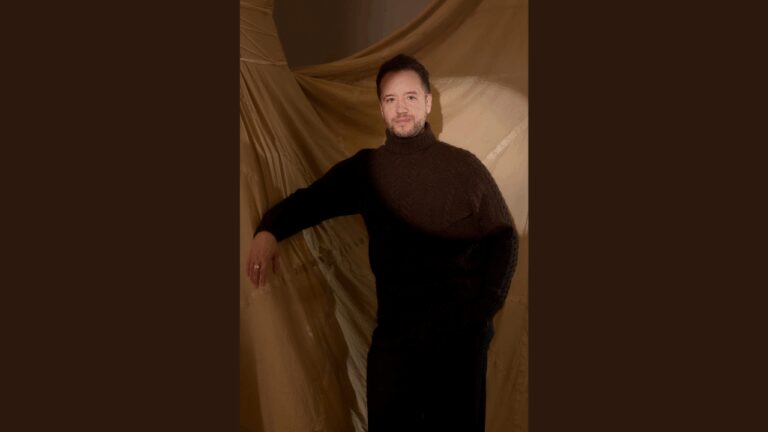Flashbacks offer an emotional, narrative power that transports the audience to a different time. They offer a vital backstory of a character’s journey.
For the actor, however, flashbacks present a challenge that requires emotional and technical precision to distinguish the past from the present — all without breaking the continuity of the character. This includes vocal inflection and subtle shifts in body movement.
This guide explores the techniques that help actors integrate flashbacks into their work with authenticity and grace.
Insights: Tips for Flashbacks
- Recognize the intent behind the flashback and let it guide your emotional and physical portrayal to create a nuanced performance.
- Use minimal yet effective changes in body language, voice, and mannerisms to differentiate between timelines, avoiding over-exaggeration.
- Practice breathwork, physical anchors, and emotional cues to smoothly switch between timelines within a scene, ensuring a coherent character journey.
Understanding the Purpose of a Flashback
Flashbacks serve many purposes: they reveal backstories, offer insight into motivations, create suspense or change the audience’s perception of events. Writers and directors use them to answer questions the present timeline cannot solve.
It’s not easy to create a flashback scene. As an actor, you must understand the purpose. Is this moment designed to show vulnerability? Is it meant to explain trauma, joy, regret or lost innocence? Understanding the purpose will shape your approach.
In The Godfather Part II, Robert De Niro’s young Vito Corleone gives depth to Marlon Brando’s older Vito from the first film. In This Is Us, actors play characters across decades, subtly evolving their portrayals.
The Actor’s Emotional Preparation
Not to sound complicated, but every flashback exists in relationship to the present moment. Think of it like solving a maze backward. You should ask: “Where am I emotionally now? Where was I then?”
If your present-day character is hardened by life, the flashback may reveal their earlier optimism. Understanding these shifts will help you make conscious performance choices.
Some actors use “emotional recall,” where they access personal memories to fuel authentic emotion. This is useful when portraying formative or traumatic events, such as a death or an accident. You should be cautious when using this method and always follow safe practices to avoid becoming emotionally overwhelmed (see our Mental Health for Actors: A Survival Series – Part II: Emotional Recovery After Heavy Roles).
There’s a temptation to overplay flashbacks, assuming audiences need exaggerated “before and after” character versions. In reality, subtle shifts are often far more powerful. Small changes in how a character speaks, walks, or holds their body can evoke decades of experience. You’ve heard it before: less is more.
Thinking about joining Casting Networks? Sign up for a free trial today!
Physical and Technical Differences in Flashbacks
Body language is one of the most effective ways to distinguish a character across timelines. A teenager might walk with loose shoulders and quick steps, while an older version of the same person may walk more slowly with slight hesitation or stiffness. During rehearsal, ask yourself, “What emotional state drives my posture, gait or gestures?”
Voice and speech patterns should not be ignored. A younger version of your character may have more energetic speech, while an older version may speak more slowly, with a measured tone.
Then there’s wardrobe, hair and makeup. While these departments do a lot of the visual work, you should also make internal choices to support the external changes. A costume may suggest age, but your body and energy must sell it.
Collaborating with the Director and Crew
It’s time to get technical. Clear communication with the director and crew will help you perform seamlessly. Will the camera use warm lighting and soft focus to create nostalgia? Will there be sharp editing to heighten a traumatic memory?
Knowing these choices ahead of time allows you to tailor your performance. For example, a flashback with a “dreamlike” filter might call for slightly heightened delivery, while one designed to show raw trauma may demand brutal honesty and restraint. You should be flexible and treat your work as a larger collaborative puzzle.
Transitions Between Past and Present
Transitioning between past and present is one of the most complex skills. Sometimes, a scene may require you to shift timelines instantly, even mid-scene. Here are techniques for success:
- Breathwork: Use breathing patterns to ground yourself in the “now” vs. the “then.” A deep inhalation might mark stepping into the past, while a sharp exhale can bring you back to the present.
- Physical Anchors: Identify specific gestures, stances, or facial expressions that signal each timeline to your body and mind.
- Emotional Cues: Develop a mental “trigger” that helps you access each timeline’s emotional mindset on demand.
Actors like Viola Davis in How to Get Away with Murder and Anthony Hopkins in The Father exemplify this mastery. Their ability to subtly transition between timelines, sometimes within a single breath, captivates audiences.
Practical Flashback Exercises for Actors
- Timeline Journaling: Grab a notebook and, in character, write diary entries in both tenses. This helps solidify emotional and psychological differences, such as the wide-eyed optimism of youth versus the guarded skepticism of later years or the impulsive confidence of an earlier self compared to the cautious restraint shaped by life experience.
- Mirror Work: Mirror work is a lot of fun. Shift your posture, gaze, and gestures to reflect the passage of time.
- Line Repetition: Practice lines for both timelines, subtly shifting energy and vocal tone to distinguish eras.
- Scene Partner Exercises: Rehearse scenes with a partner and have them cue you randomly to switch from present to past character versions.
You want your experience on set to feel natural. If you do so, the audience will perceive it the same way.
Common Mistakes to Avoid
Don’t treat a flashback as an out-of-body experience (unless it is!). Flashbacks should be consistent with the tone of the show. Here are pitfalls to avoid:
- Over-exaggeration: Flashbacks don’t require a caricature of your younger self. Keep changes grounded.
- Lack of Connection: Don’t lose sight of the throughline between your character’s present and past selves.
- Ignoring Subtext: Subtext is the underlying meaning or unspoken message beneath a scene’s words or actions. It’s what a character thinks or feels, even if they don’t say it outright. For example, if a character says, “I’m happy for you,” but avoids eye contact and clenches their fists, the words say one thing, but the subtext reveals jealousy or resentment.
Flashbacks present one of the most significant opportunities for actors to showcase emotional range. Just remember the details: minor shifts in breath, posture, voice and energy create a believable timeline.
Trust your instincts, and you’ll be on your way to delivering a seamless, compelling performance that captures the full arc of your character’s journey across past and present.
You may also like:
- Mental Health for Actors: A Survival Series Part III – Tackling Rejection Head-On: Mental Health Strategies for the Actor’s Journey
- Mental Health for Actors: A Survival Series – Part II: Emotional Recovery After Heavy Roles
- Mental Health for Actors: A Survival Series — Part 1: 7 Coping Tools That Work


